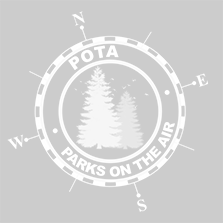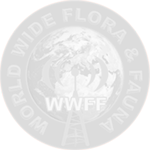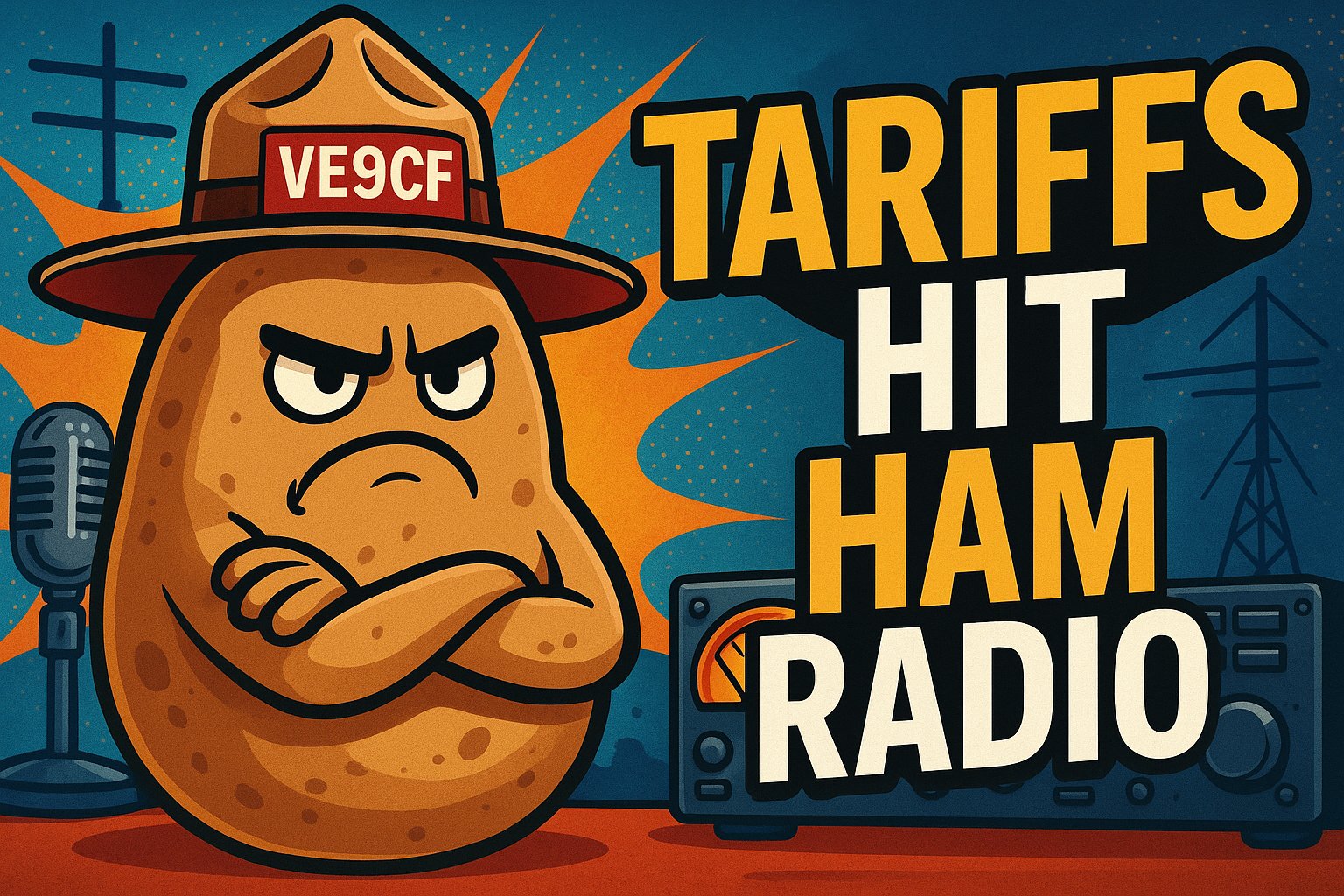When Did Parks On The Air Hit Their Tipping Point?
As someone who's spent years tuning the dial and chasing contacts, I've witnessed some exciting shifts in the amateur radio hobby. However, few have been as inspiring as the rise of Parks on the Air (POTA). The program has breathed new life into portable operations, drawing in a wave of new and seasoned hams alike. But when did POTA hit its stride, and how did it all begin? Let's look at the journey from its roots in the World Wide Flora and Fauna (WWFF) program to its current status as a true ham radio phenomenon.
From WWFF to POTA: Laying the Groundwork
The POTA story starts with WWFF, a global initiative launched in 2012. WWFF encouraged radio operators to get outside and operate from national parks, nature preserves, and protected areas. It was a simple idea—combine the thrill of radio with the beauty of the outdoors. For many, WWFF was a breath of fresh air (literally and figuratively), offering a new way to enjoy the hobby and connect with fellow operators.
Fast forward to 2017, and Parks on the Air officially launched, building on WWFF's foundation but tailoring the concept to North America's unique geography and park systems. In Canada, that meant a chance to showcase our stunning national and provincial parks while making amateur radio more accessible. POTA's easy-to-understand rules and intuitive website made it a breeze for anyone to jump in, whether you were a seasoned contester or just curious about portable ops.
The Tipping Point: A Community on the Move
So, when did POTA hit its tipping point? For me, it was when the community truly took ownership of the program. Operators weren't just chasing contacts—they were sharing stories, posting videos, and encouraging each other to get outside and get on the air. Social media and YouTube played a considerable role, spreading the word and making POTA feel approachable and fun.
Then came the pandemic. With in-person events on hold and everyone looking for safe ways to connect, POTA offered the perfect escape. Suddenly, parks across Canada were alive with the sound of CQ calls, and the POTA website was buzzing with new activators and hunters. It was a silver lining in a tough time, cementing POTA's place as a go-to activity in the ham radio world.
A Positive Force in Amateur Radio
What I love most about POTA is the spirit of adventure it brings to the hobby. It's about more than just QSOs or awards—exploring new places, honing your portable skills, and connecting with people who share your passion. The friendly competition keeps things interesting, but the real reward is the sense of discovery and community.
POTA owes a lot to WWFF for blazing the trail, and I have nothing but respect for both programs. But there's something special about how POTA has captured our collective imagination. It's brought new faces into the hobby, re-energized long-time operators, and reminded us of the beauty waiting outside our doorsteps.
In my eyes, the tipping point for POTA was when it became more than just an activity—it became a movement. And if the excitement I see daily is any indication, the best days for Parks on the Air are still ahead.
Ready to get on the air from your local park? Grab your gear and join the adventure—you never know who you'll meet or what you'll discover next!






